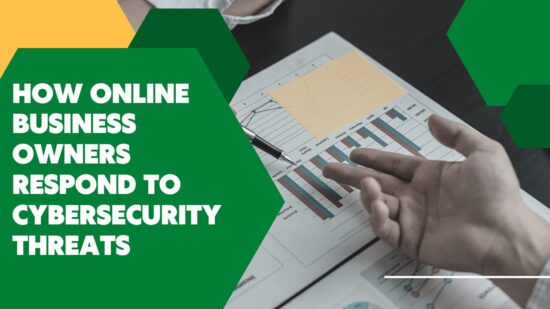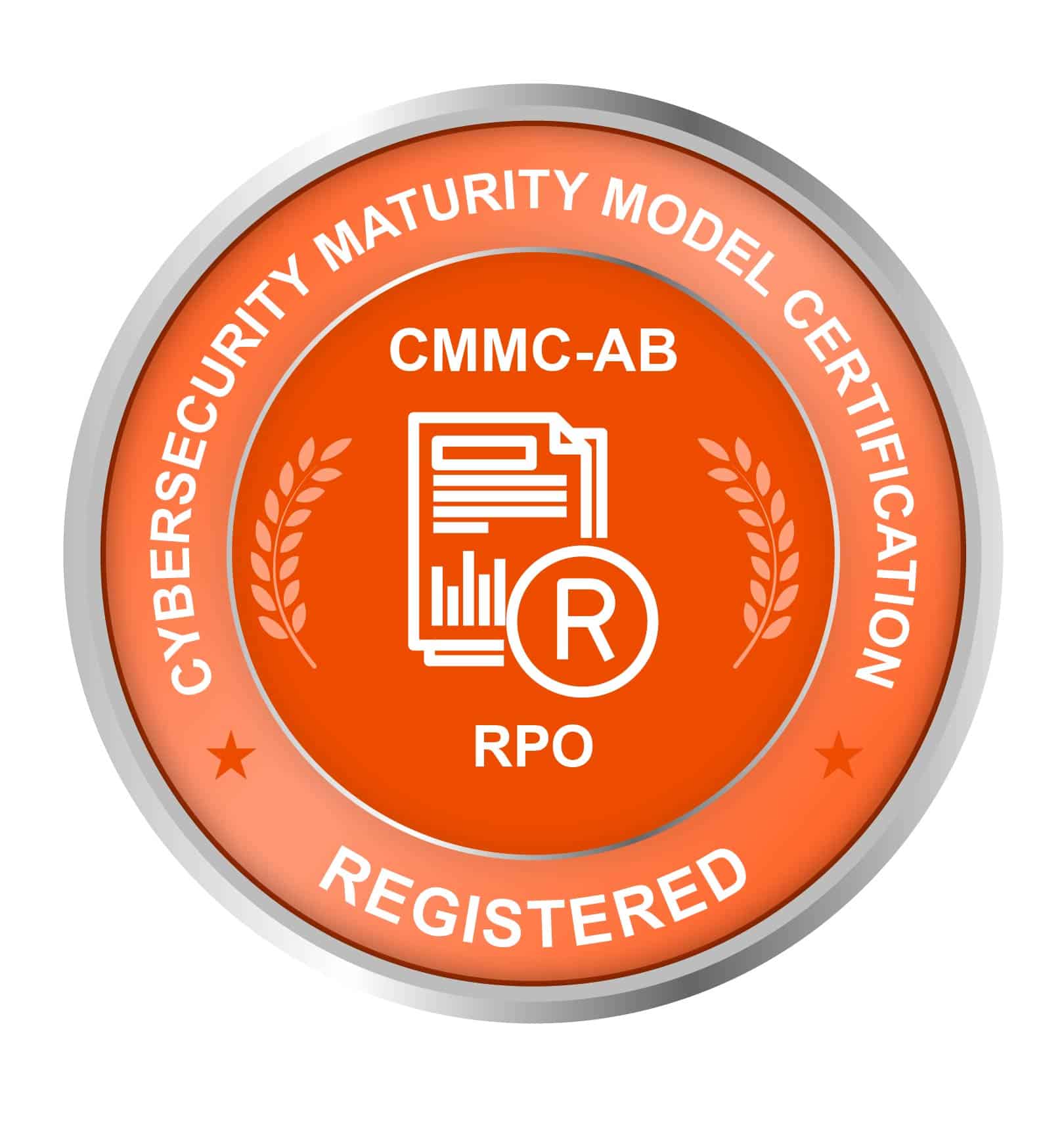Enterprise mobility management (EMM) pertains to the set of processes, technology, and people responsible for managing mobile devices, mobile computing services, and wireless networks in an organization. Having an all-around approach to enabling and securing tablet and smartphone use in the business may improve the productivity of every user while improving overall security. With a robust EMM strategy, you can address security concerns and provide your employees with the right tools to work efficiently using their mobile devices.
Why implement enterprise mobility?
As your business starts incorporating the use of mobile devices for productivity and certain tasks, you will need a reliable way to manage them and keep them secure. This is where enterprise mobility management can help, as it addresses the security of those devices while ensuring that they are used exactly as intended.
Implementing enterprise mobility management
Enterprise mobility will be more effective when it is implemented using a combination of MIM (mobile information management), MDM (mobile device management), and (MAM) mobile application management. MIM ensures that only approved applications are allowed to access business or corporate data and transmit it. MDM ensures mobile device lock downs, while MAM controls which users are allowed to access specific types of applications.
While these technologies address specific areas, they are incomplete solutions to problems that enterprise mobility can cause or worsen. The challenge is to effectively manage all three with the lowest overhead possible. Hiring a reputable and experienced Tech Support specialist can help. An expert can conduct an audit on your existing enterprise mobility and BYOD policy and recommend the best solutions that will suit the needs of your business. For instance, an EMM product may be deployed that may include other deployment technologies and application delivery as components.
Securing EMM
Certain factors must be considered when managing the security of mobile devices, business data, and individual users. These factors may include the screen size of smartphones and tablets, the security of wireless connections in the office, the wireless policy’s efficacy in addressing the latest devices, and the types of devices that can be used. Likewise, you need to consider the type of business you are running and the unique demands of your industry. Keep in mind that enterprise mobility management should be unique and designed to the needs of your business. Consulting with an Tech Support specialist can get you started in planning and ensuring the security of users and devices.










